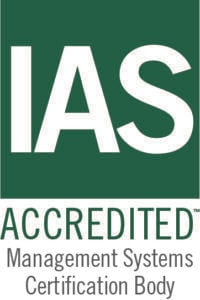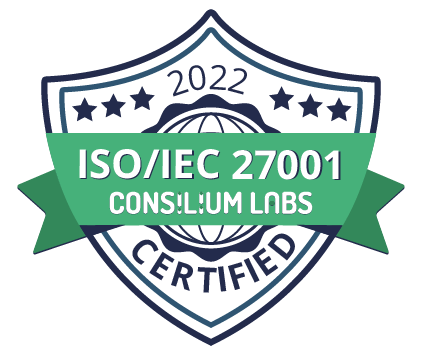Being a good leader requires more than just knowing the right way to do things. It also requires knowing how to choose the right things to do. Decision-making is undoubtedly the most difficult and essential task a manager performs. Effective decision making makes it possible for organizations to succeed by aligning resources with objectives. Conversely, ineffective decision-making is at least sub-optimal and, quite possibly, a complete loss of productivity.

Decision-making is hard because of various cognitive and organizational limitations such as limited memory capacity, framing bias, frame blindness, overconfidence, inconsistency, politics, groupthink, loss aversion, sunk costs, endowment effect, availability, and anchoring. Each of these limitations will be the subject of future blog posts.
To cope with these and other limitations, managers have resorted to various decision-making strategies such as intuition (aka “seat of the pants judgment”), BOGSAT (“bunches of guys and gals sitting around talking”), Rules of thumb, Heuristics, Simple tradeoffs, Nutshell briefings, and Satisficing. Each of these coping strategies will be the subject of future blog posts. All these decision-making strategies are sub-optimal because they do not maximize contribution to objectives.
Executives rate decision-making ability as the most important business skill, but few people have the training they need to make good decisions consistently. Decision-making skills can be easily taught. Becoming a good decision-maker requires competent coaching, just like becoming a great athlete requires competent coaching. In the next blog post, we’ll outline what an ideal organizational decision-making process looks like.











